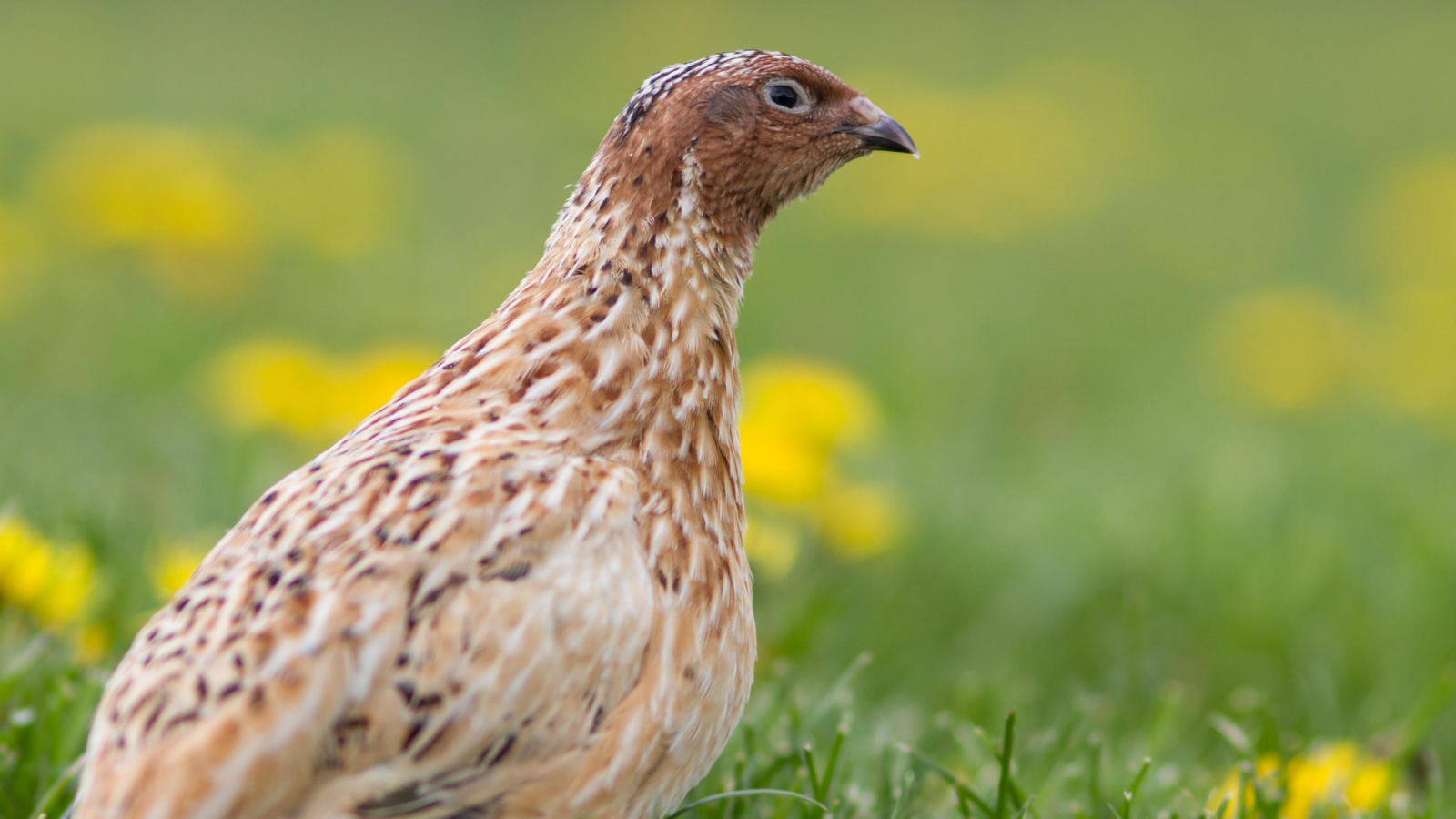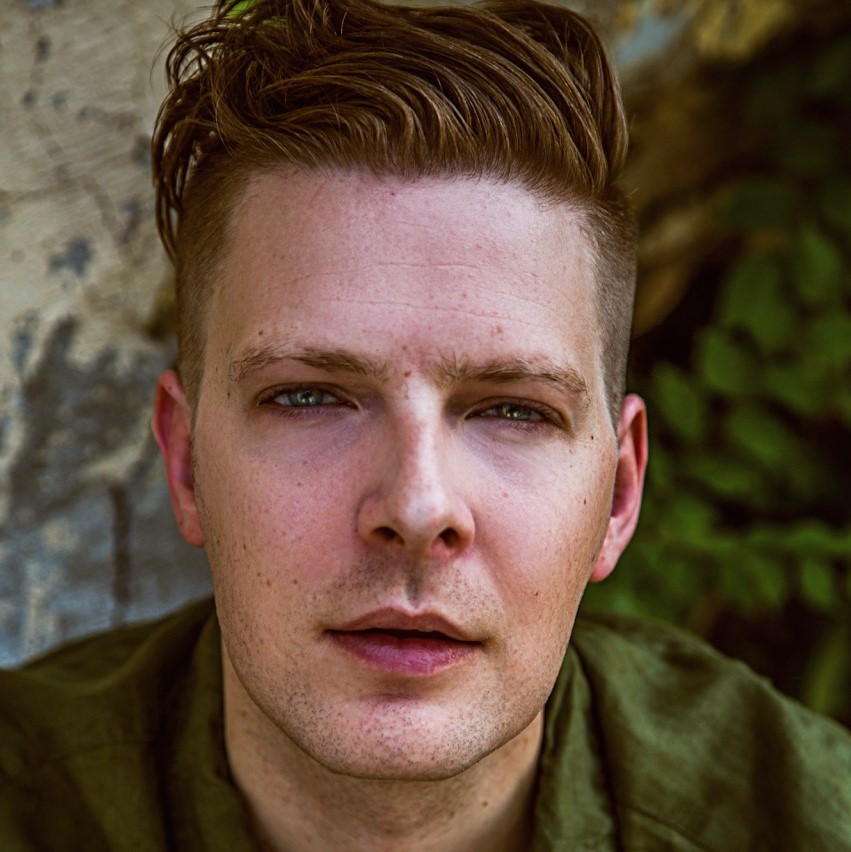Japanese quail: The bird with weird sperm foam, a post-sex strut and a spot in space history
Male Japanese quails produce a strange seminal foam that appears to enhance the chances of successfully fertilizing an egg.

Name: Japanese quail (Coturnix japonica)
Where it lives: Steppes and meadows in Asia, notably China, India, Japan, Korea and Russia. It's also found in Africa and parts of Europe. Some populations are migratory.
What it eats: Seeds of grasses, as well as small insects and other invertebrates.
Japanese quail are small relatives of chickens and turkeys with one very unusual trait — males produce a unique seminal foam that resembles meringue.
The foam is unusual among birds but turkeys produce a similar substance.
Japanese quails were bred in captivity as early as the 11th century and were initially kept for their melodic songs. But they were later exploited for their meat and eggs.
The tiny birds, which weigh between 3.5 and 10.5 ounces (100 and 300 grams), reach sexual maturity by around 6 weeks and females are prolific egg layers, producing between 250 and 300 per year. Because of this, they're also very popular for scientific research. And in 1990, they became the first birds to be incubated and hatched in space.
Scientists first noticed Japanese quails had unusual foamy semen in the 1950s, and it has been the subject of research ever since. Their unique seminal foam is produced during mating by the proctodeal gland in the cloaca — the cavity containing both the excretory and reproductive organs — and is thought to enhance the chances of successful fertilization of a female's egg.
The foam joins seminal fluid and the sperm itself upon ejaculation. Its bubbly consistency is created by contractions of the muscles in the cloaca that amplify the effects of gases released by microorganisms in the cavity.
The foam is believed to help sperm cells mature after they enter the female reproductive tract, where they are stored for 8 to 11 days before fertilization occurs. It may also enhance the motility of the sperm and protect it from bacteria.
Get the world’s most fascinating discoveries delivered straight to your inbox.
After a successful insemination, males do a little strut.

Richard Pallardy is a freelance science writer based in Chicago. He has written for such publications as National Geographic, Science Magazine, New Scientist, and Discover Magazine.
You must confirm your public display name before commenting
Please logout and then login again, you will then be prompted to enter your display name.


